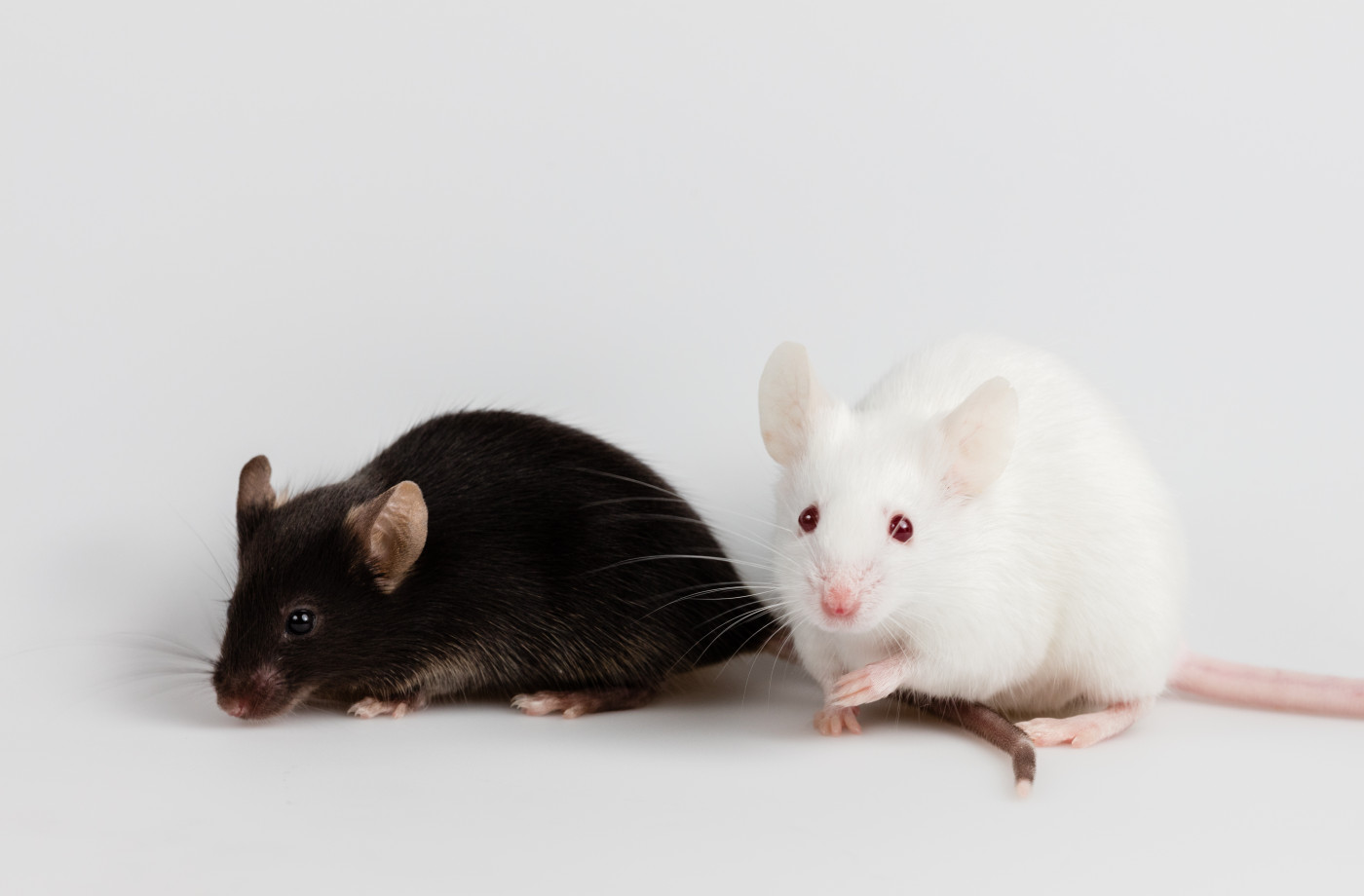New Angelman Mouse Study Reveals Unexpected Consequences of Genetic Imprinting Defects
Written by |

Disrupting the regions that regulate UBE3A gene expression results in Angelman syndrome-like defects in a study using a new mouse model of the disease has found.
The study, “A mouse model of Angelman syndrome imprinting defects,” was published in the journal Human Molecular Genetics.
Angelman syndrome is a genetic disorder caused by a mutation or absence of the maternally inherited copy of the UBE3A gene.
Each individual inherits two copies of every gene, one from each parent. Usually both copies of each gene are active, or “turned on,” in cells. However, in some cases only one of the two copies is normally turned on, depending on the parent it originated from. This phenomenon is called genetic imprinting.
Expression of UBE3A from the copy inherited from the mother is essential in some regions of the brain, and its abnormal function causes the neurodevelopmental symptoms seen in patients with Angelman syndrome. About three percent of individuals with Angelman syndrome have an imprinting defect.
UBE3A and other genes that cause conditions such as Prader-Willi syndrome (PWS) or Dup15q syndrome are located as a cluster (15q11-q13 or AS-PWS) on chromosome 15. The expression of genes in this cluster is regulated by an imprinting control (IC) region. Of note, gene expression is the process by which information in a gene is synthesized to create a working product, like a protein.
The ICR is comprised of two distinct DNA elements: the AS imprinting center (AS-IC), and the PWS imprinting center (PWS-IC). Neither the sequence nor the location of the AS-IC is conserved from human to mouse.
Now, researchers developed a mouse model of Angelman syndrome imprinting defects to further characterize the regulation of imprinted genes in the AS-PWS region.
Researchers found that when the genetic message is truncated — in the female oocyte (egg) — just before the start of the PWS-IC region, imprinting defects are observed in the entire domain. Truncating a gene means that some of its DNA sequence is deleted.
Female mice with truncations in the AS-PWS region were crossed with male mice without this genetic alteration. Their offspring exhibited Angelman syndrome-like imprinting defects.
When measuring the expression of genes across the AS-PWS locus (position) in newborn brain RNAs (the intermediate molecule between DNA reading and protein production), researchers found that in both male and female offspring, paternal-only genes were expressed at approximately 1.5 to twofold higher levels than control littermates (born from parents without genetic truncations), while Ube3a expression was reduced to about one third.
“Together, these results indicate that maternal inheritance of the transcriptional terminator results in a maternal imprinting defect affecting the entire AS-PWS locus,” researchers wrote.
Removing this genetic truncation in the unfertilized egg was able to revert the defects observed. However once fertilized (embryos), reversal of truncation could not rescue mice from the defects, researchers reported.
Researchers observed several physical traits in mice with an Angelman syndrome imprinting defect. Although not statistically significant, both male and female mice became obese within 10-12 weeks of age. Reduced fertility also was present in female mice.
“Obesity is a common feature in all four classes of older AS children. Curiously, obesity in toddlers and younger children is more closely associated with paternal disomy [when two copies of a chromosome are inherited only from the father] or imprinting defects than with AS interstitial deletions or UBE3A mutations,” researchers explained.
“Increased body weight of young animals was not found in several AS mouse models disrupting the Ube3a coding region,” suggesting that loss of this gene alone is not sufficient to cause obesity in young mice.
The authors note that this study is the first to generate a mouse model of obesity in some young Angelman individuals.
This mouse model “reveals unexpected consequences of Angelman imprinting defects and provides insight into the transcriptional regulation of genes central to Angelman, Prader-Willi, and Dup15q syndromes,” researchers concluded.





